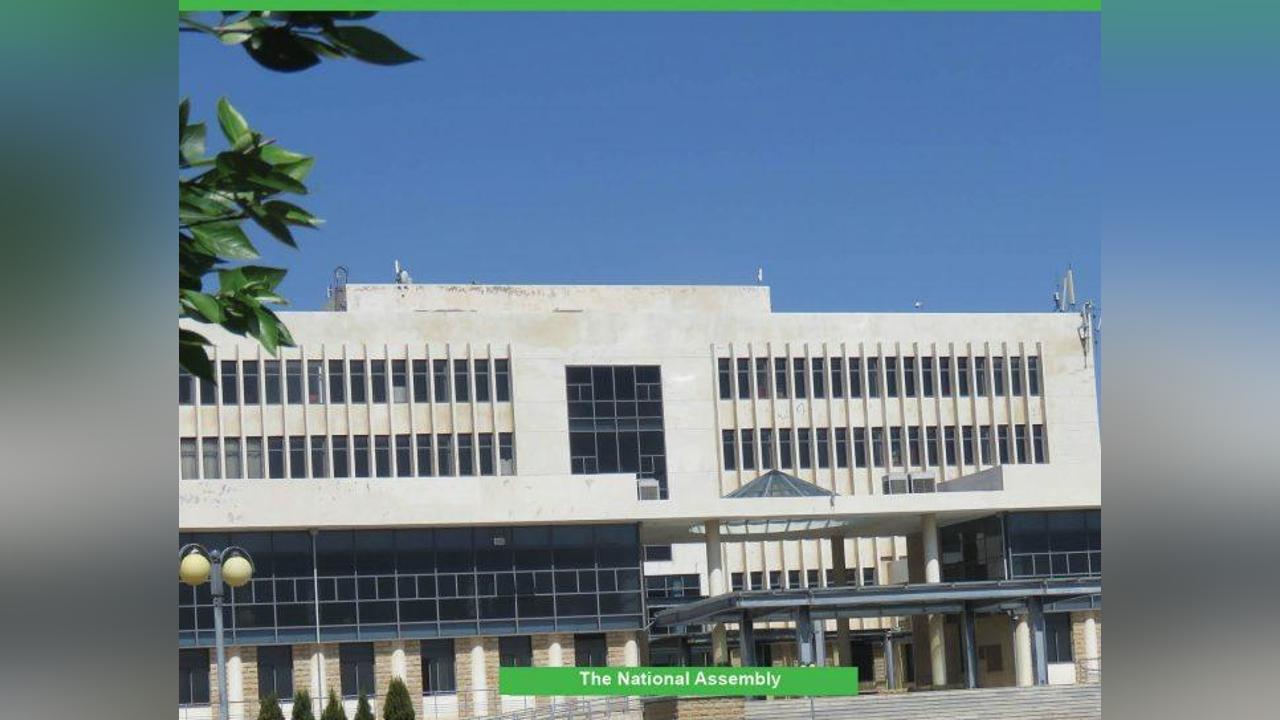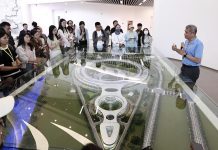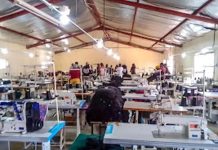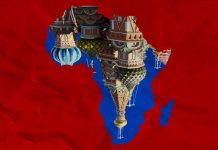Africa-Press – Lesotho. The Members of Parliament (MPs) last week had sharp differences over the motion proposing an amendment on the new proportional representative (PR) model. Termed the best loser model, this model will see PR candidates securing their parliamentary seats on the basis of their performance in the polls.
It puts the leader of the party first in the PR list and the leader will then be sequentially followed by the candidates based on the number of votes they have received.
Contrary to the current electoral configuration of the PR model in place, this new model that the parliament has adopted says the PR lists will be submitted after the elections in order to determine those who qualify for the PR seats.
However it still retains zebra model where competition for male seats will be made for men only, as will be females seats compared on female candidates only. Moved by Hon.
‘Matlhohonolofatso Tšepang Tšita-Mosena, the motion proposes a new model attempted to give “more room” to women and minority groups to maintain the zebra model where number of best losers had been exhausted, indicating that female numbers were likely to go further down.
However some members, especially female MPs held the view that retaining the zebra model beyond best loser candidates strives for women empowerment to encourage women to stand for elections.
The motion argued that women due to their physique, societal norms where they are not normally accepted for leadership and family commitments, are not well placed to compete with men as the latter stand better chances of acceptance, coupled with financial muscle, ease of movement countrywide and generally conducive environment for males, which advances their chances to win primary elections than their female counterparts.
According to United Nations (UN), the zebra model is about the rotation of genders in order to afford and ensure equality for men and women, thereby increasing chances of equal representation.
The current set up of the National Assembly has 120 members, out of which 80 members are elected from the constituencies through the adopted model of First-Past-The-Post while the remaining 40 seats are elected through proportional representation.
Unlike in the past, when the leadership of political parties had the power to nominate candidates who occupied the PR seats, sometimes on the basis of favoritism, this time the Independent Electoral Commission (IEC) will have the lists of candidates with the number of votes post elections.
Parliament is one of the seven thematic areas that are being reformed and the nation’s wishes are contained in the Multi-stakeholder National Dialogue Plenary II Report which says that the PR lists should be submitted after the elections.
For inclusive representation, the National Reforms Authority (NRA) had proposed that there be a special dispensation for marginalized groups such as people with disabilities (PWD), women, and youth to be accorded representation in parliament through PR seats.
Basotho further recommended that the current mixed-member proportional (MMP), as well as the bicameralism model, be retained. The law further proposes that the party that will contest for PR seats should pay M8 000.00.
For More News And Analysis About Lesotho Follow Africa-Press






